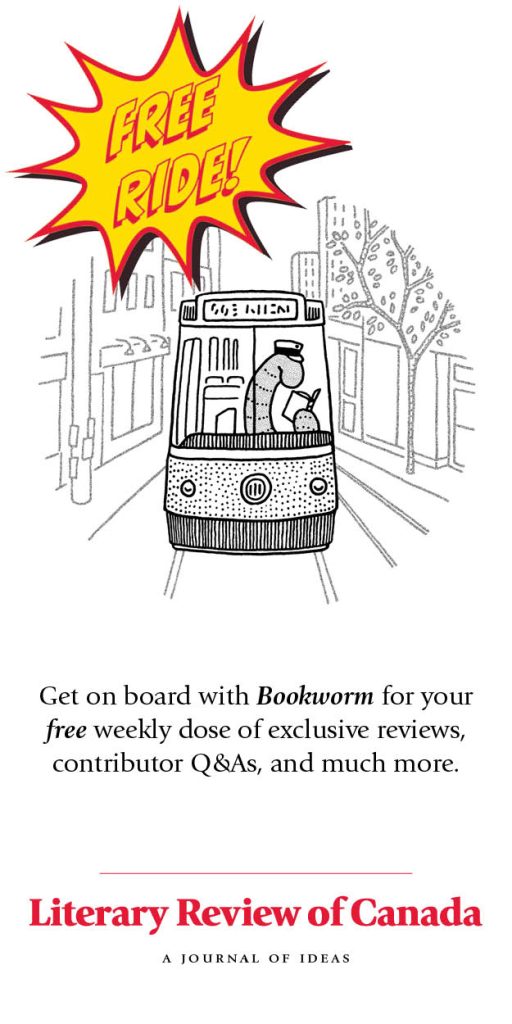Early in Moby-Dick, Ishmael tells us, while describing Queequeg’s island home, “It is not down in any map; true places never are.” His point is that a map cannot replicate the full truth of a place —“far away” or otherwise — because it is inherently a subjective form, one that reflects the biases and world views of its maker. Even as maps manipulate our sense of reality, whether implicitly or overtly, we have relied on them as dependable baselines since the printing press democratized cartography five hundred years ago. A printed map may be skewed (like Mercator’s Eurocentric projection) or dated (like those in my grandfather’s well-worn road atlas), but we deem it trustworthy enough to help us navigate the world. And as a static text that we hold in our hands, it announces itself plainly when it’s been revised or updated.
Like so many things, cartography has migrated to our smartphones, and, in many ways, it is more reliable than ever before: by presenting...
Kyle Wyatt is the editor-in-chief of the Literary Review of Canada.

